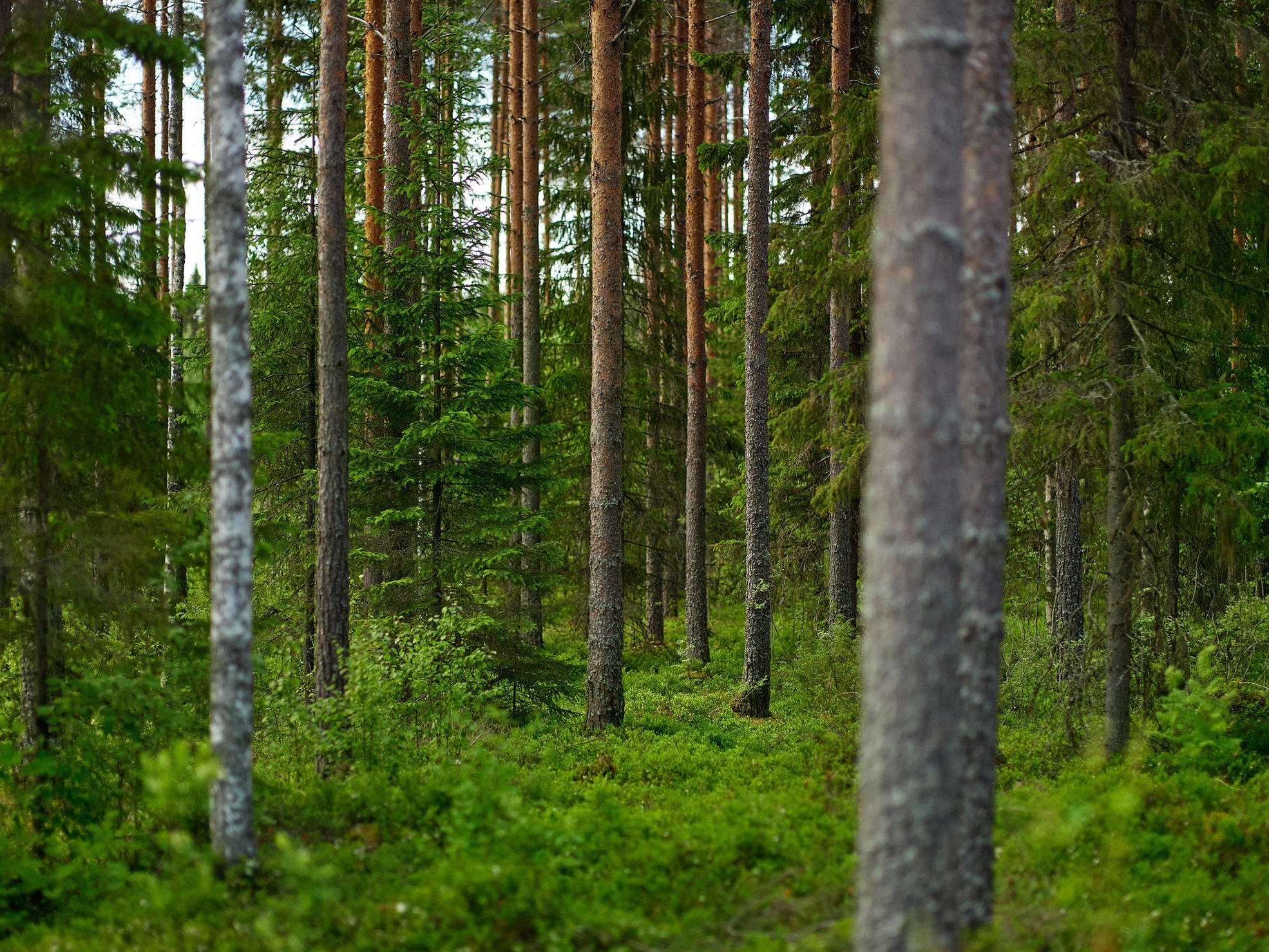The two most common forest certification schemes are the Programme for the Endorsement of Forest Certification (PEFC) and the Forest Stewardship Council® (FSC®). Both schemes ensure sustainable forest management and help conserve biodiversity and preserve the valuable habitats and biotopes that are typical of forests.
Both schemes also focus on respecting the rights of local communities and forestry workers, and ensure that forests can continue to be used for recreational purposes.
Both forest management certification and chain of custody are essential
For our customers to be able to purchase certified paperboard or pulp and to use globally recognised forest certification labels on the packages, both the forest management and the chain of custody system must be certified.
Forest management certifications define strict criteria for the ecological, social and economic sustainability of forest management. The certification also requires that third parties regularly audit the certified forest areas and implemented measures.
All parties involved in the processing of wood and pulp in Metsä Board’s value chain comply with the requirements of the PEFC and FSC chain of custody. Our chain of custody system is evaluated annually as part of Metsä Group’s internal and third-party external audits. These audits monitor the operations of the wood suppliers and harvesting contractors as well as the traceability of the wood fibre within our own processes.
Our licence codes are PEFC/02-31-92 and FSC®-C001580.
